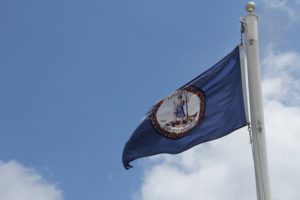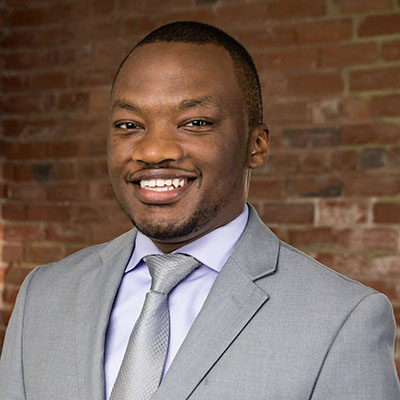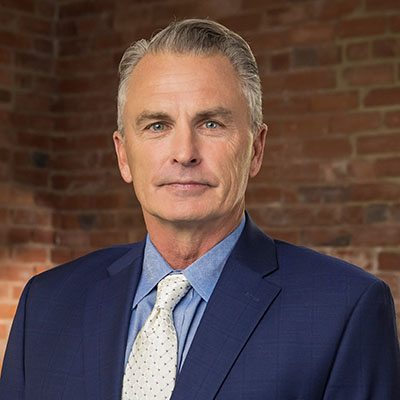In Virginia, an injured person is prevented from being financially compensated if they were partly at fault for causing the accident. This rule is known as the law of contributory negligence.

What is contributory negligence?
Put simply, if you are in a car accident where the other driver was 99% at fault and you were 1% at fault for the accident, the law in Virginia generally prevents you from getting financially compensated by the driver who was 99% at fault.
What other states practice contributory negligence?
This is a harsh rule. In America, Virginia is one of five jurisdictions that still practice this law. The other jurisdictions are:
- Maryland
- Alabama
- North Carolina
- Washington, D.C.
Is there an exception to contributory negligence?
In order to prevent some of the harshest outcomes of the contributory negligence law, Virginia recognizes a few exceptions to this rule. One of these exceptions is known as the doctrine of last clear chance. In 2017, the Supreme Court of Virginia revisited this doctrine in the case Coutlakis v. CSX Transportation, Inc., 293 Va. 212 (2017).
In that case, the facts were as follows: Mr. James Coutlakis was walking adjacent to the railroad tracks owned by CSX when he was struck and killed by a CSX train that approached him from behind. At the time of the accident, Mr. Coutlakis was listening to music from his cellphone through earbuds. As a result, Mr. Coutlakis was unaware of the train approaching him from behind. He was struck and killed by a part of the train that extended from the side of the body of the train. The lawsuit was brought by Mr. Coutlakis’ wife, Gina.
The issue in the case was whether Mr. Coutlakis’ actions constituted contributory negligence, barring his wife from making a recovery. The Supreme Court of Virginia held that while Mr. Coutlakis may have been contributorily negligent, the doctrine of last clear chance provided a possible exception to this law, allowing for Mr. Coutlakis’ wife to seek a recovery in his name. In discussing the doctrine of last clear chance, the Supreme Court of Virginia identified two instances where this doctrine applies.

How does the doctrine of the last clear chance apply?
The helpless plaintiff
The first instance is referred to by shorthand as the scenario of the “helpless plaintiff.” In this instance, the law of contributory negligence is set aside when injured people negligently place themselves in a situation of peril from which they are physically unable to remove themselves. But for the last clear chance exception to apply, the defendant (the person that is mainly responsible for the accident) must have seen the person that became injured from the accident, moments before the accident, and yet still failed to prevent the accident from happening using reasonable care.
The unconscious plaintiff
The second instance is known as the “unconscious plaintiff.” In this scenario, for the last clear chance doctrine to apply, the injured people must have placed themselves in a situation of peril from which they are still able to remove themselves and yet don’t. For the defendant to be held responsible for this accident, the defendant must not only have seen but also realized the other person’s peril in time to avoid the accident, using reasonable care and yet failing to do so. In Coutlakis v. CSX Transportation, Inc., the Supreme Court of Virginia found the case to squarely fit within the parameters of the second instance.
Put plainly, the law recognizes the harsh outcomes that could result if being 1% responsible for an accident prevents you from seeking financial compensation. Thus, the last clear chance doctrine seeks to soften that harsh rule in cases where the person that was 99% at fault had, as the name of the doctrine implies, the last clear chance to prevent the accident from occurring.
If you or a loved one has been injured in an accident, even if you were partially at fault, call us for a free consultation at 866-388-1307. We will help you navigate the law.





